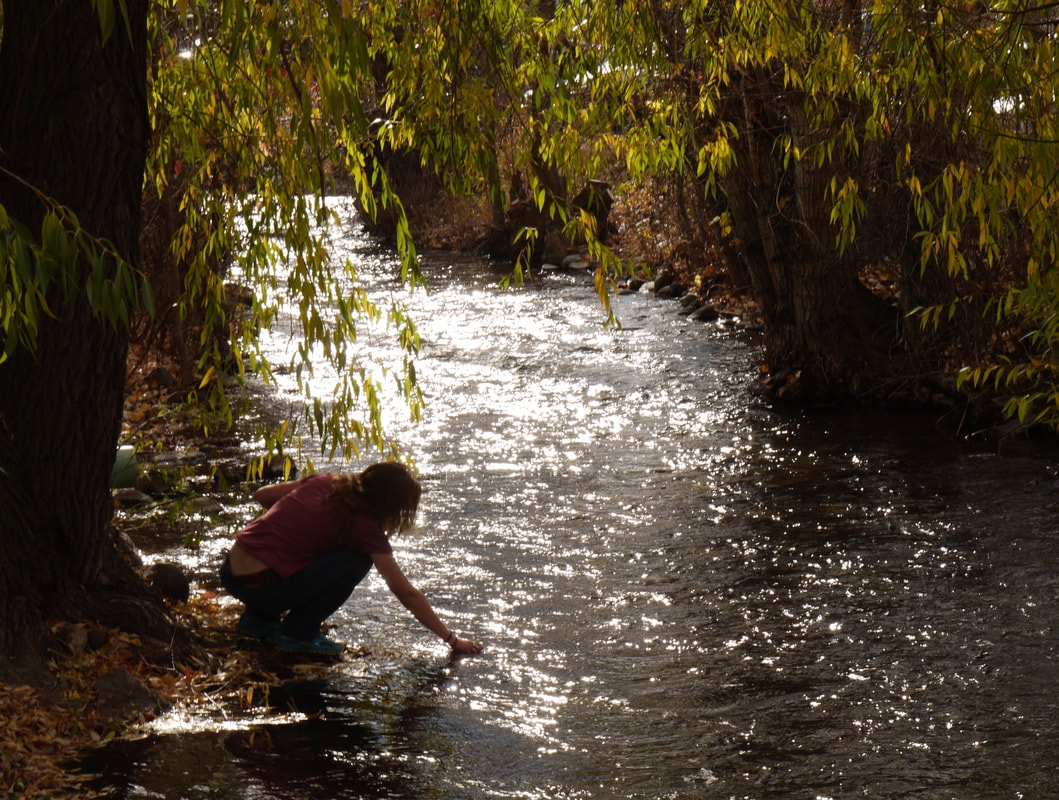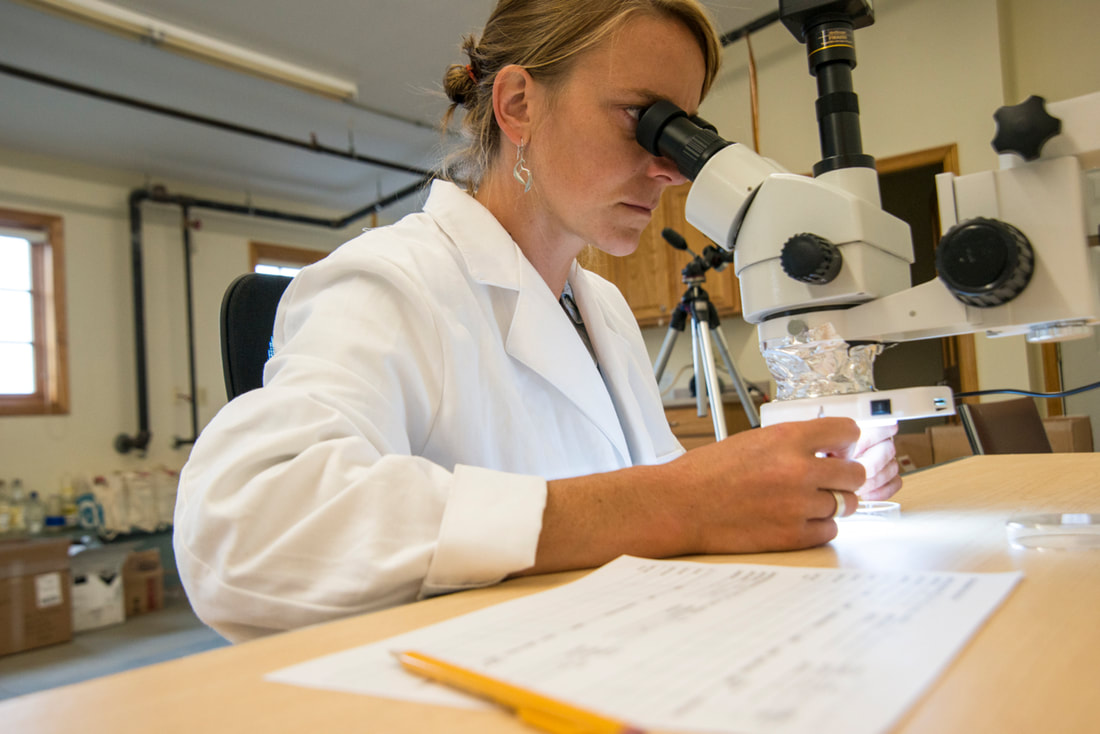Where Is Microplastic Pollution Coming From? New Paper Raises New Questions
Nov 5, 2018 | Uncategorized

Merrill Warren gathers water from Bozeman Creek during the Gallatin Microplastics Initiative preliminary sampling. Photo by Emily Stifler Wolfe
Among the key takeaways from our review of the data are the fact that land use around the Gallatin River did not appear to have an effect on the concentration of microplastic particles in the water, and that as the river ran with more water, the concentration of microplastics went down, suggesting that stormwater runoff was not a major source for the microplastics we observed.
Our Gallatin study is the first of its kind to document microplastic pollution within the defined geographic scope of a watershed. For two years, over 120 volunteers hiked, biked, skied, and kayaked to remote regions throughout the Gallatin watershed, a river system that takes its origin in Yellowstone National Park, while collecting nearly 800 samples of water.
These samples were shipped across the country to our partner scientist, Abby Barrows, for processing and analysis in her laboratory in Maine.

Back in the lab, the skilled hands, eyes, and brains of Abby Barrows and her team tease out microplastics from the hundreds of samples submitted. Photo by Joe Klementovich
Abby is lead author on this peer-reviewed article, written in collaboration with co-authors Dr. Tim Hoellein (Gallatin Microplastic Coalition member and microplastic scientist), Emma Bode (Gallatin volunteer and GIS expert), and me, Adventure Scientists’ Microplastics Project Manager.
We are thankful to our volunteers for their dedication to the study and to their commitment to the health of our backyard here in Bozeman. We are excited for the results of this study to contribute to the growing body of knowledge and search for solutions on microplastics pollution.
Read the full paper.
Request access to our Microplastics Toolkit.


